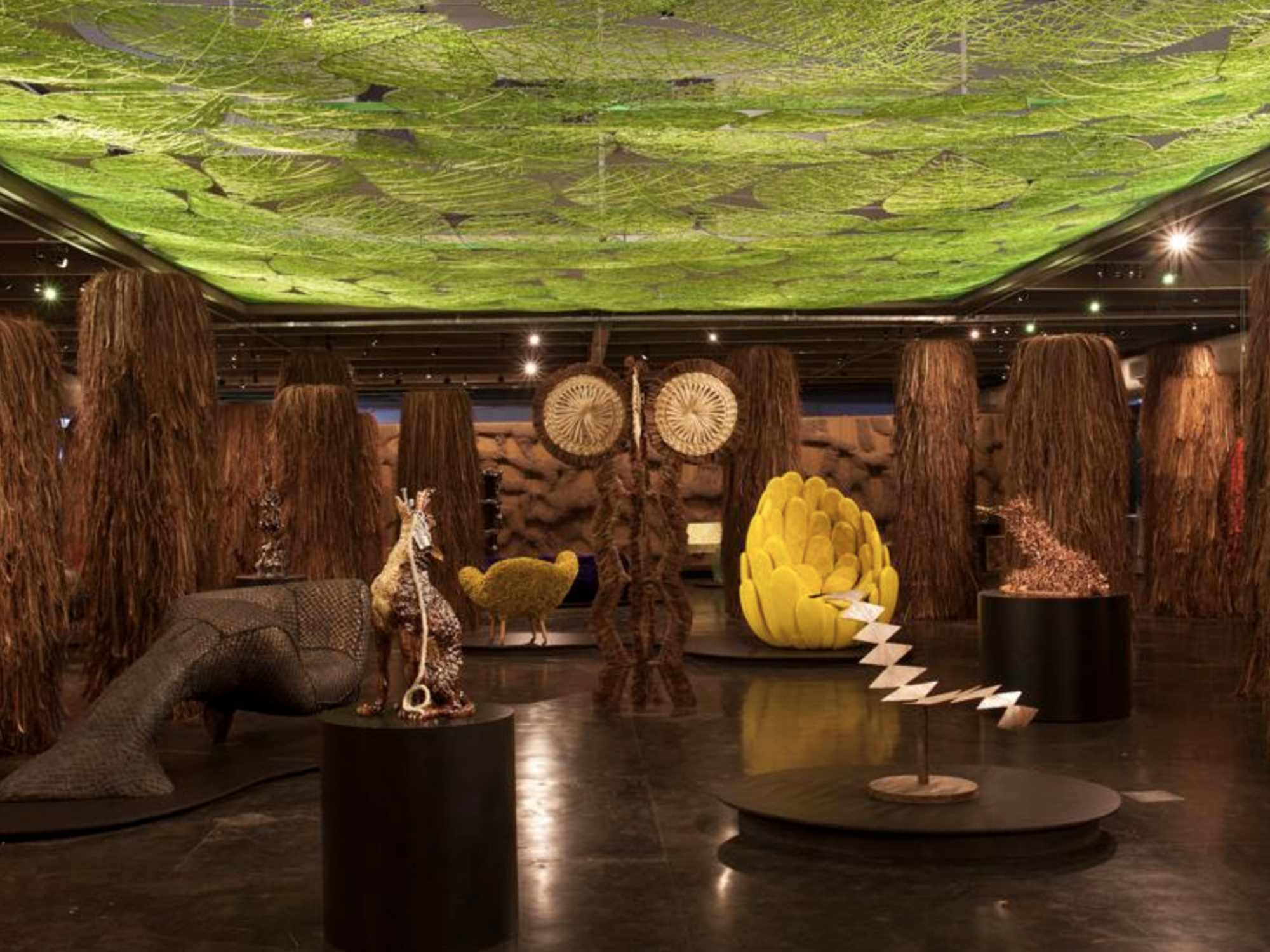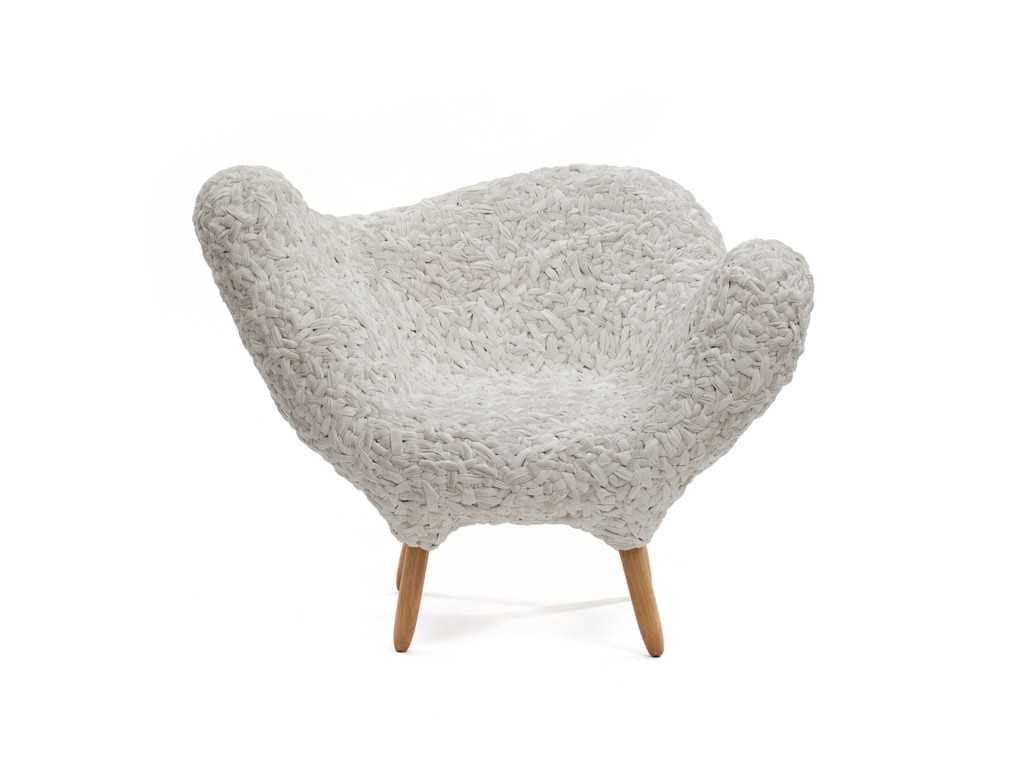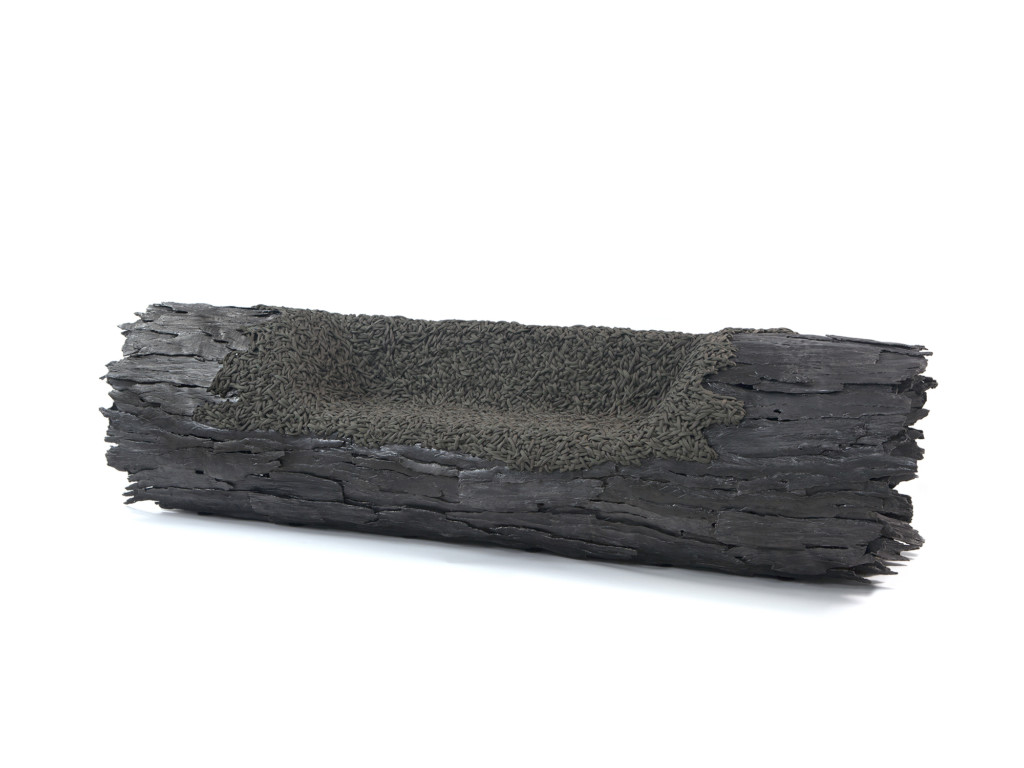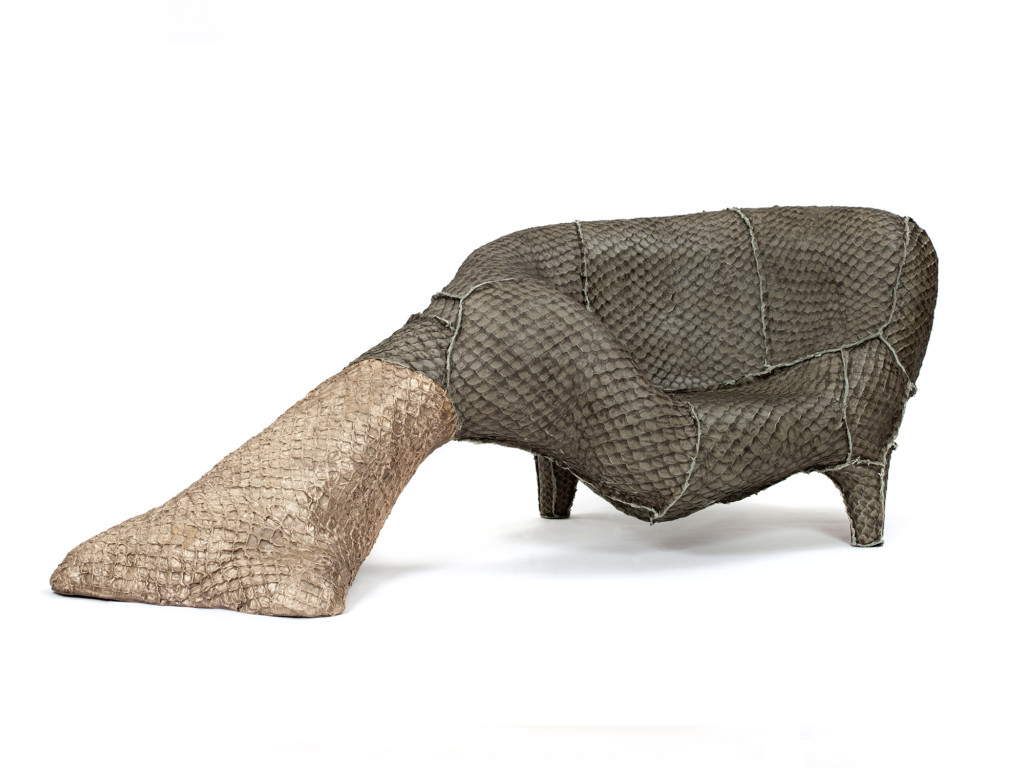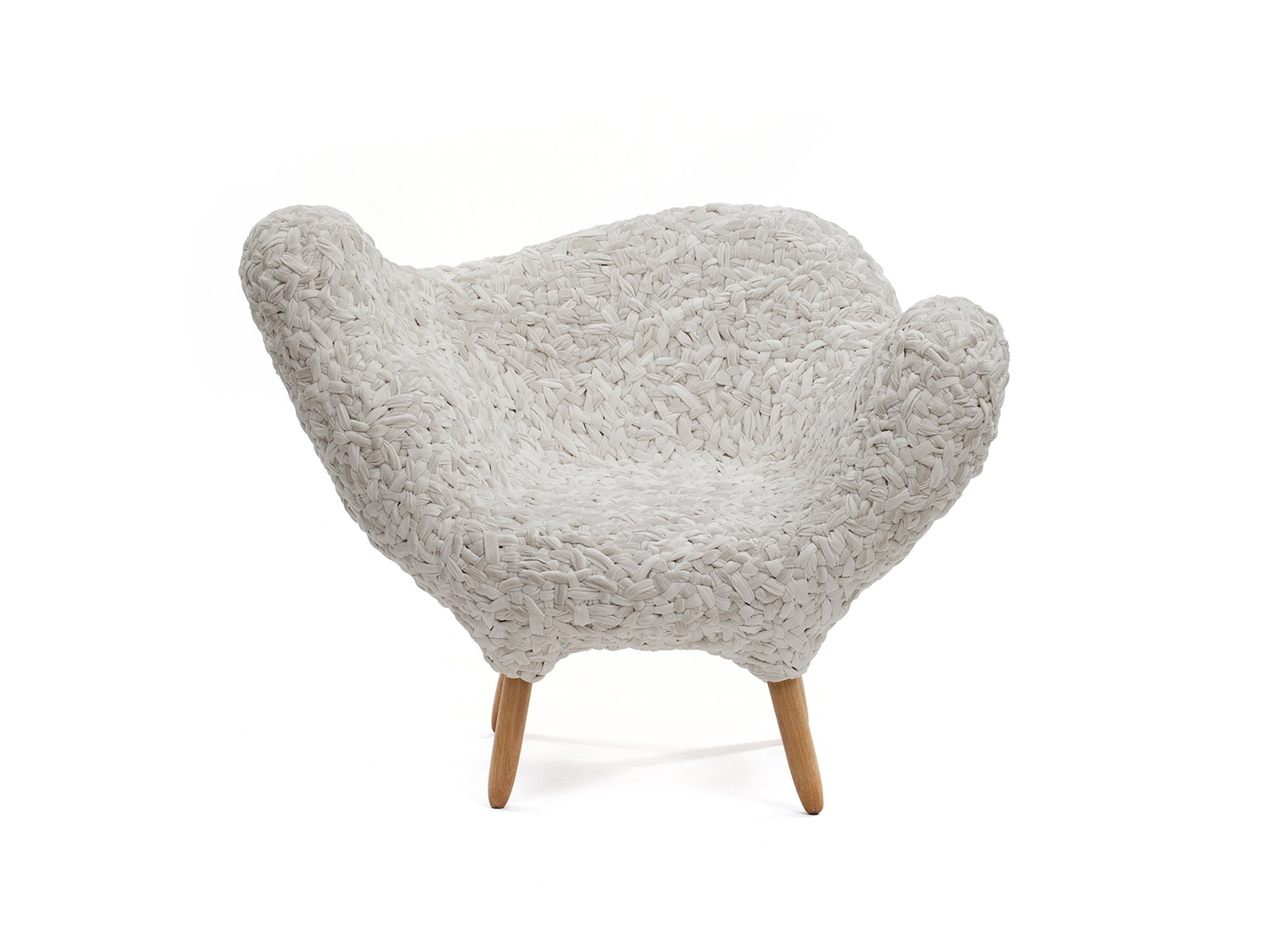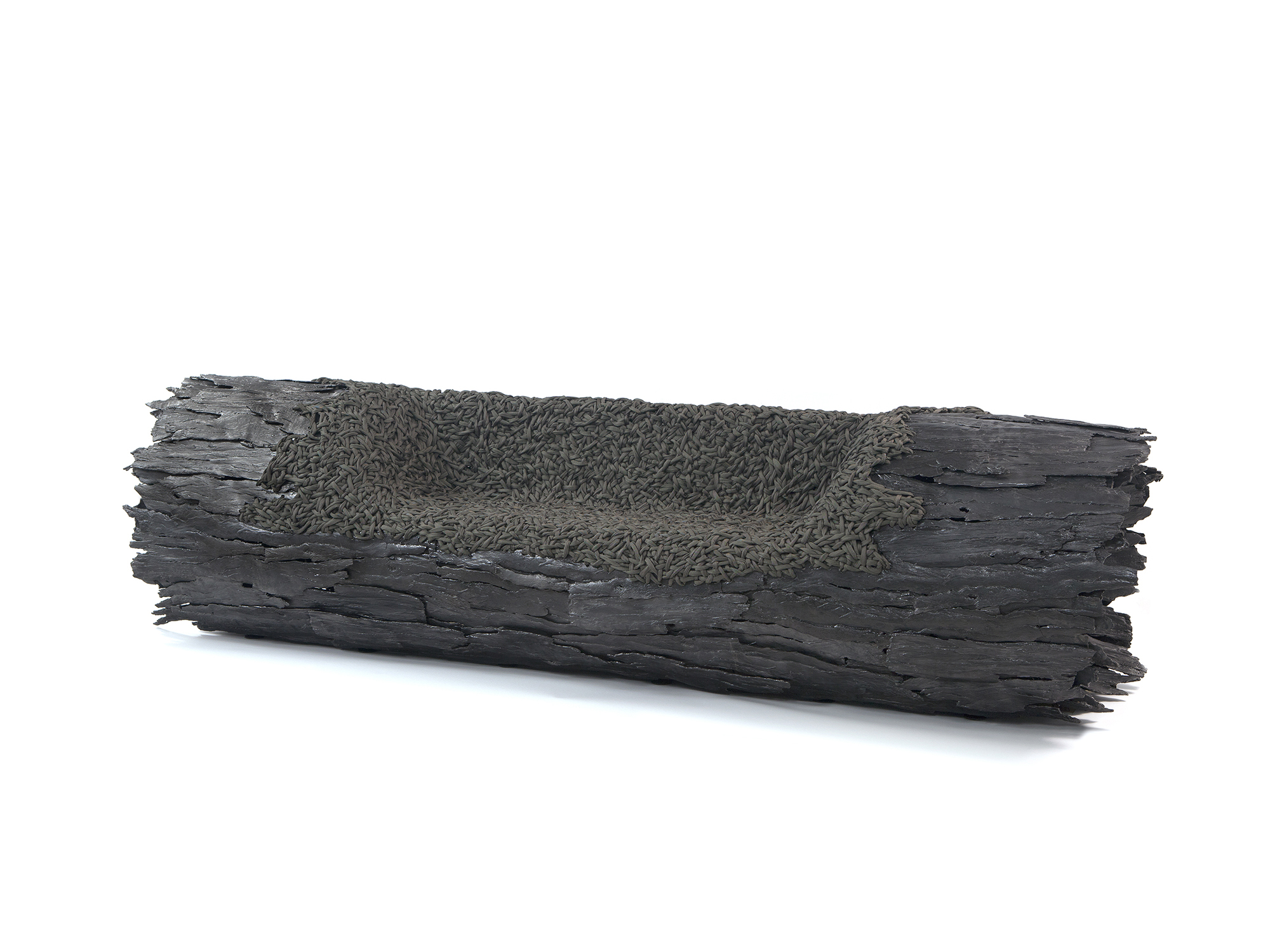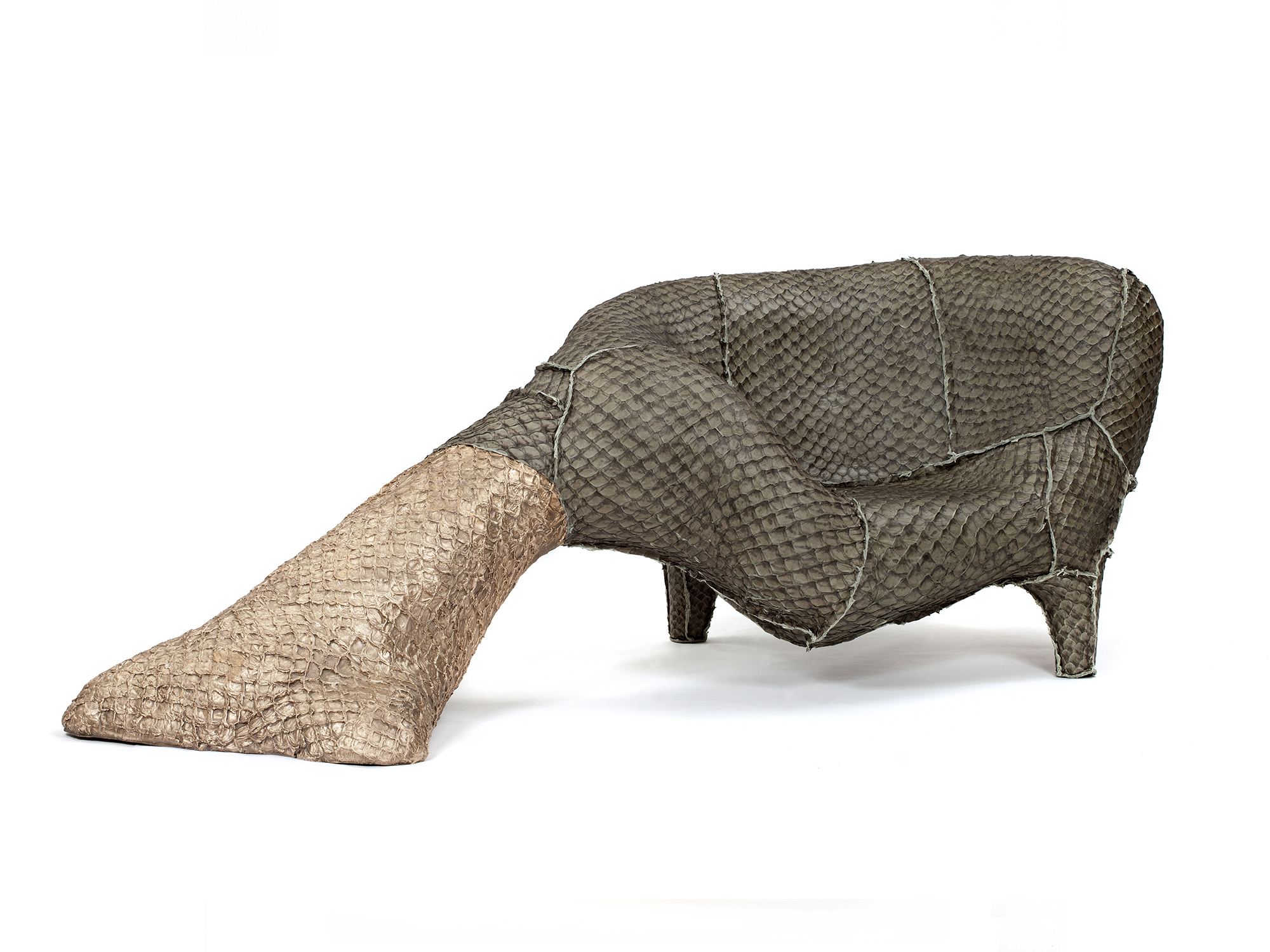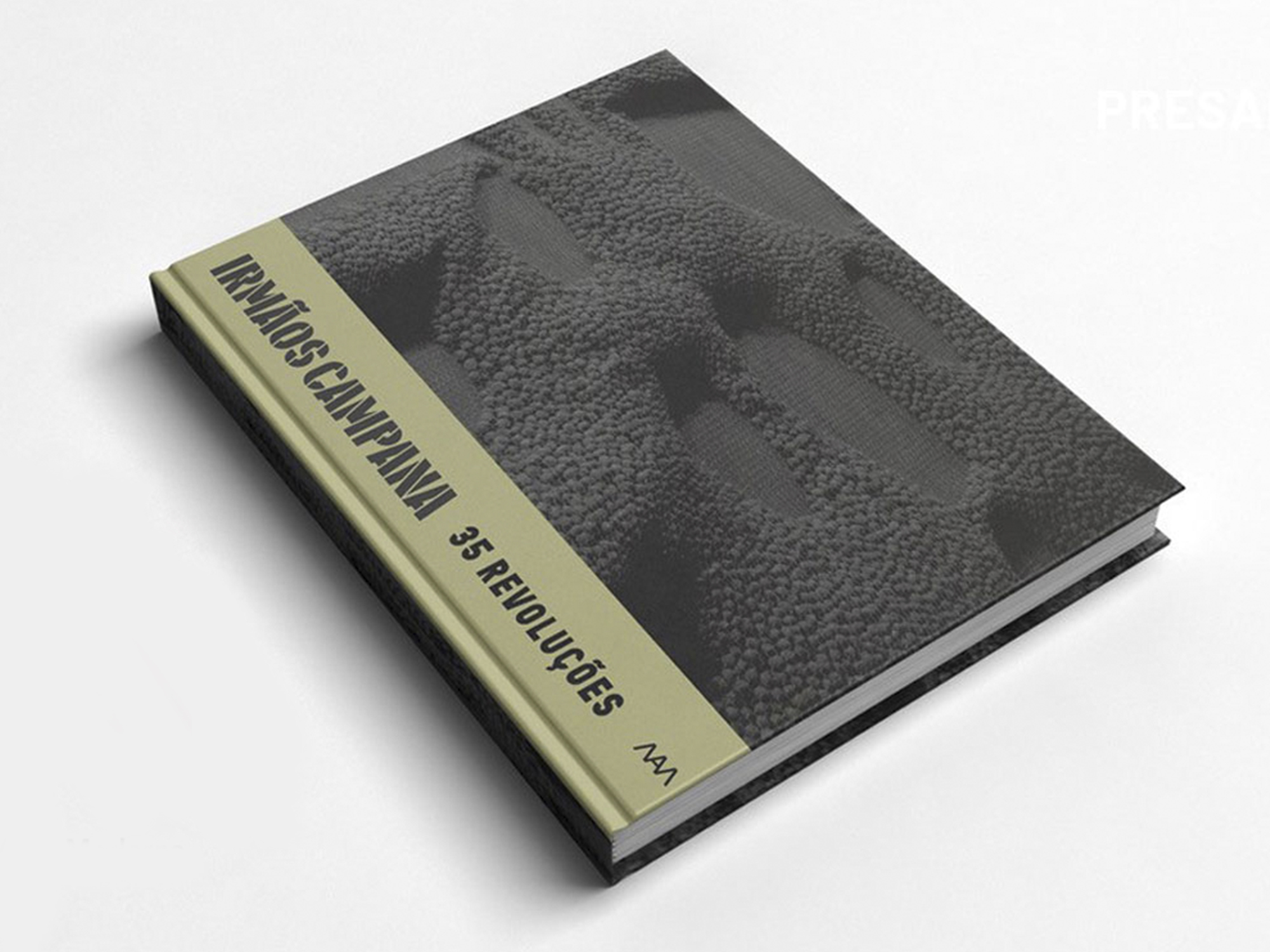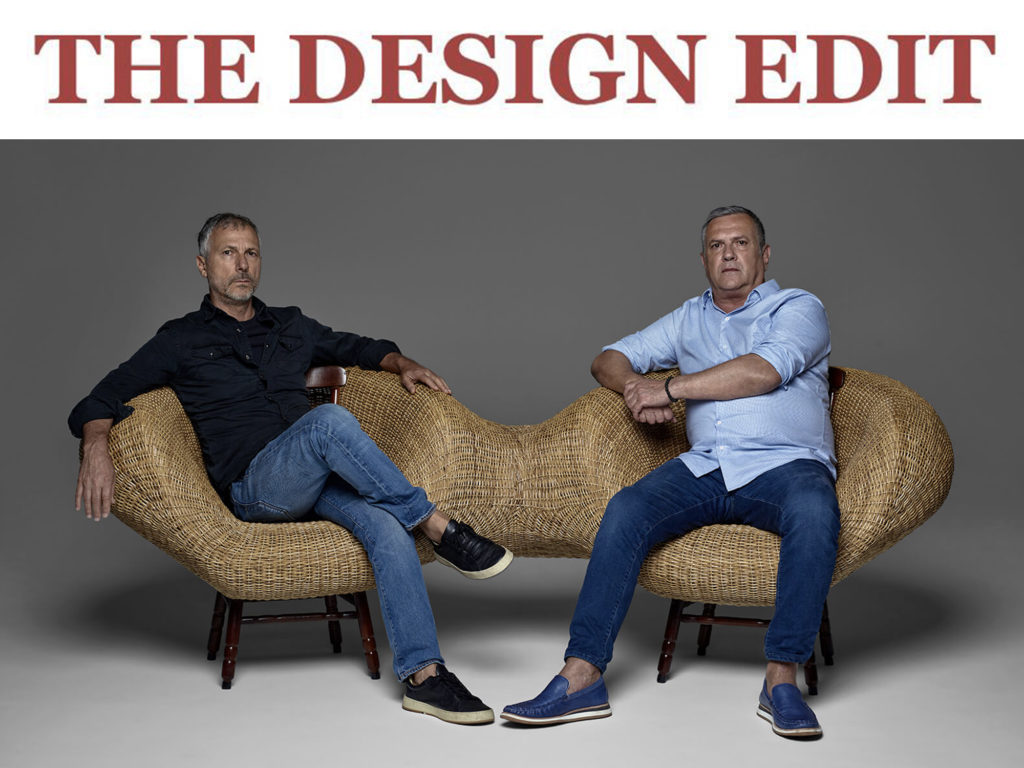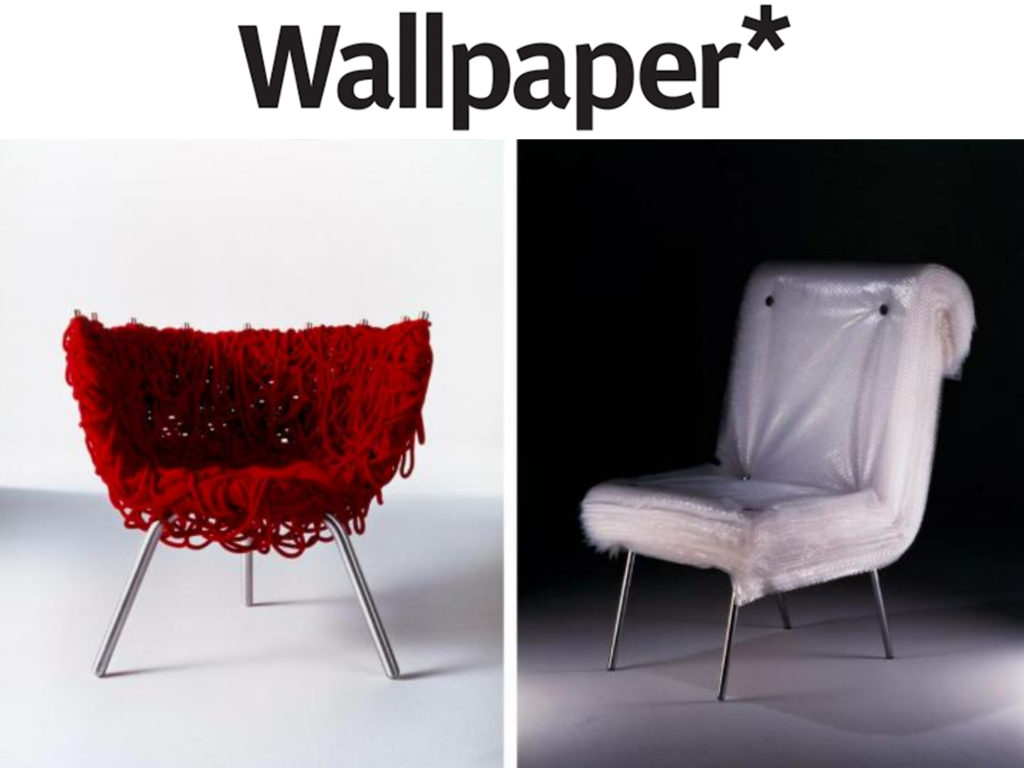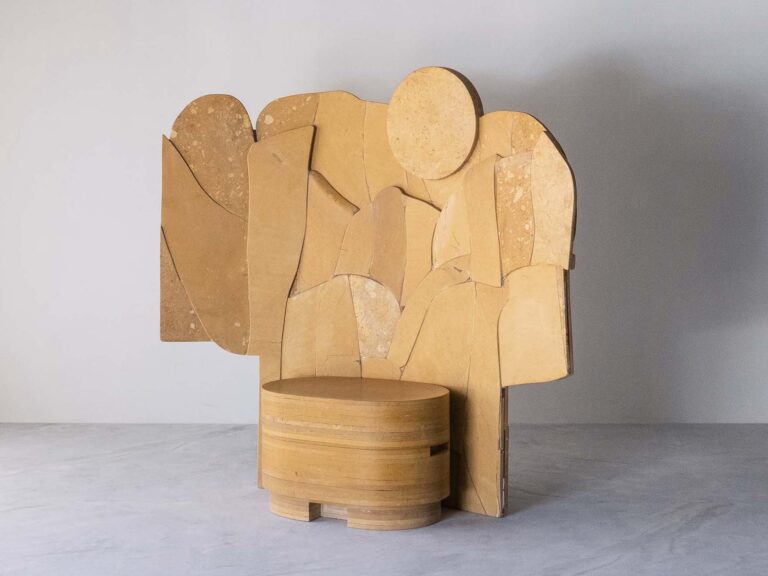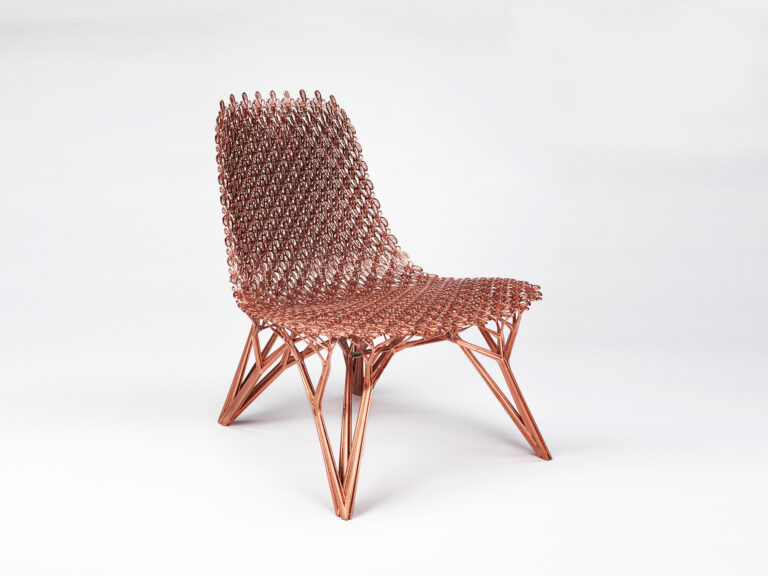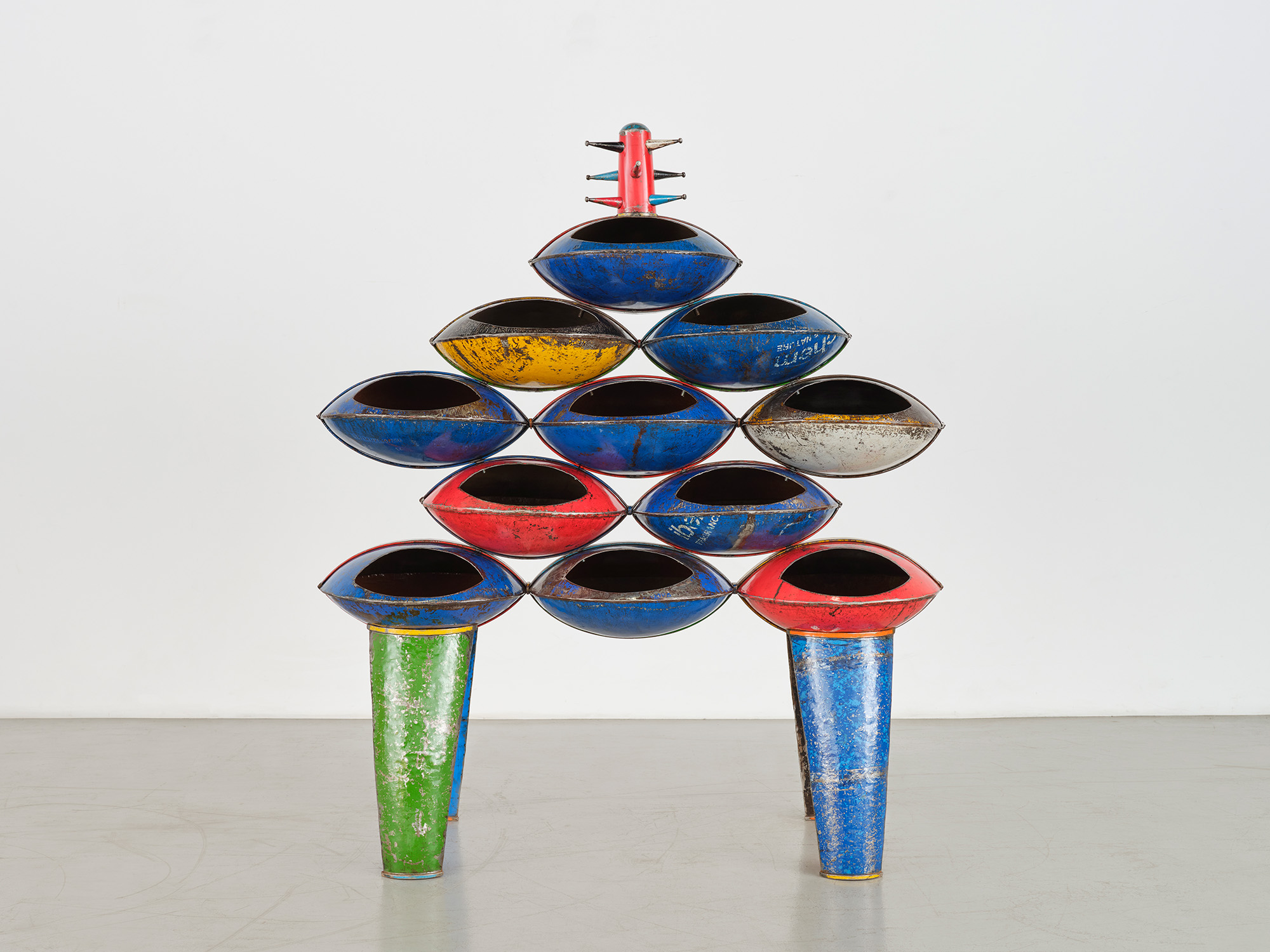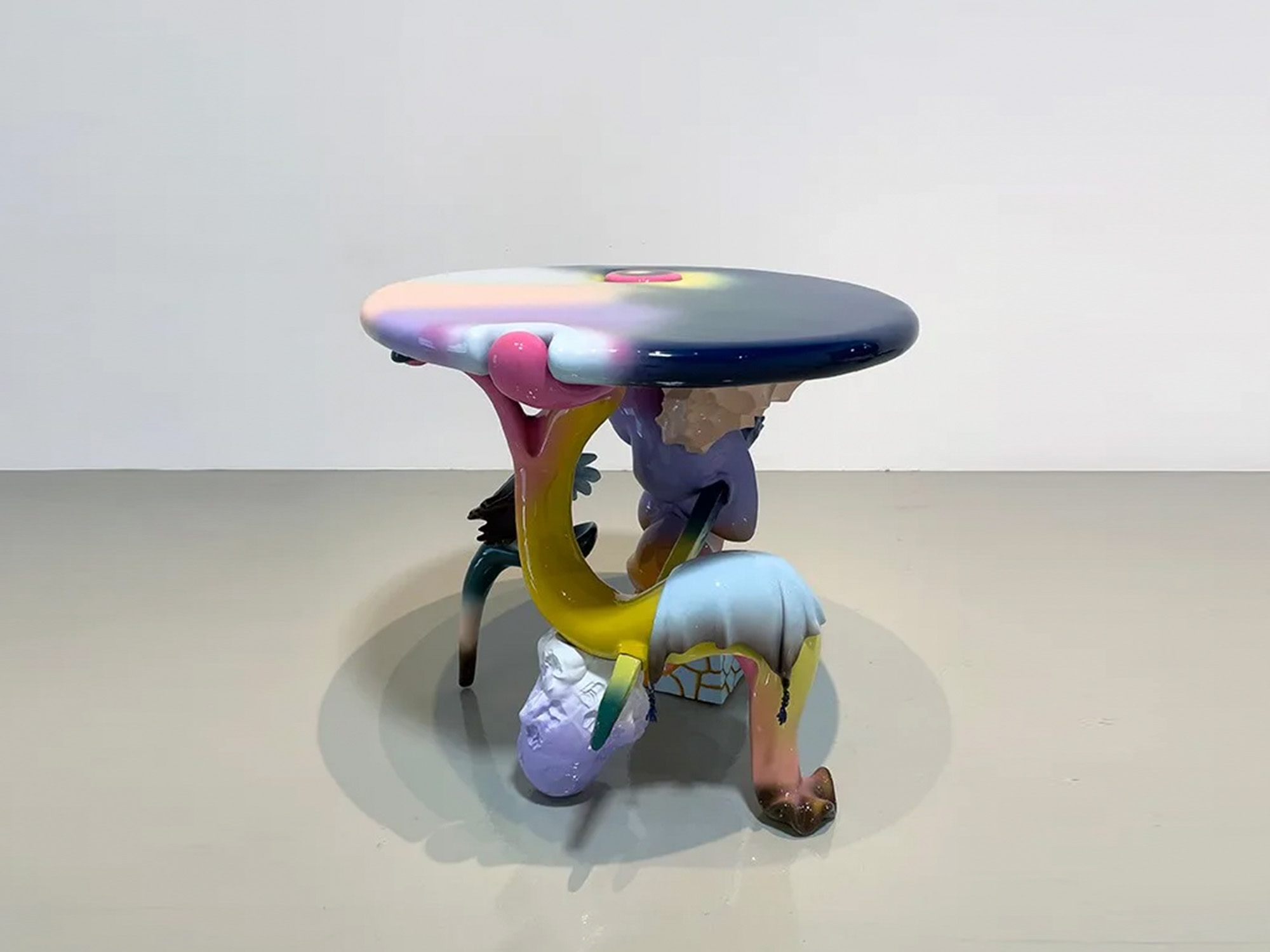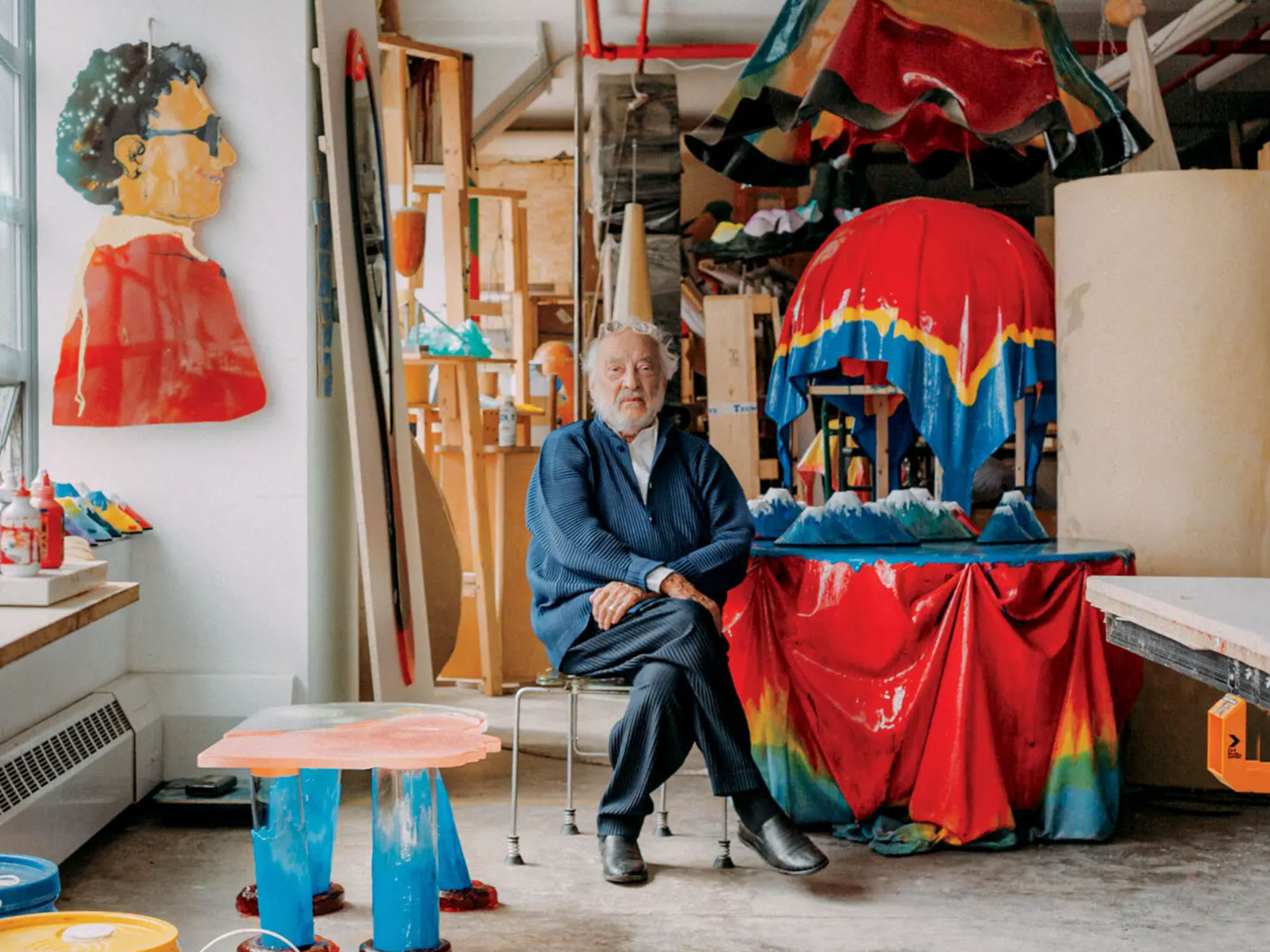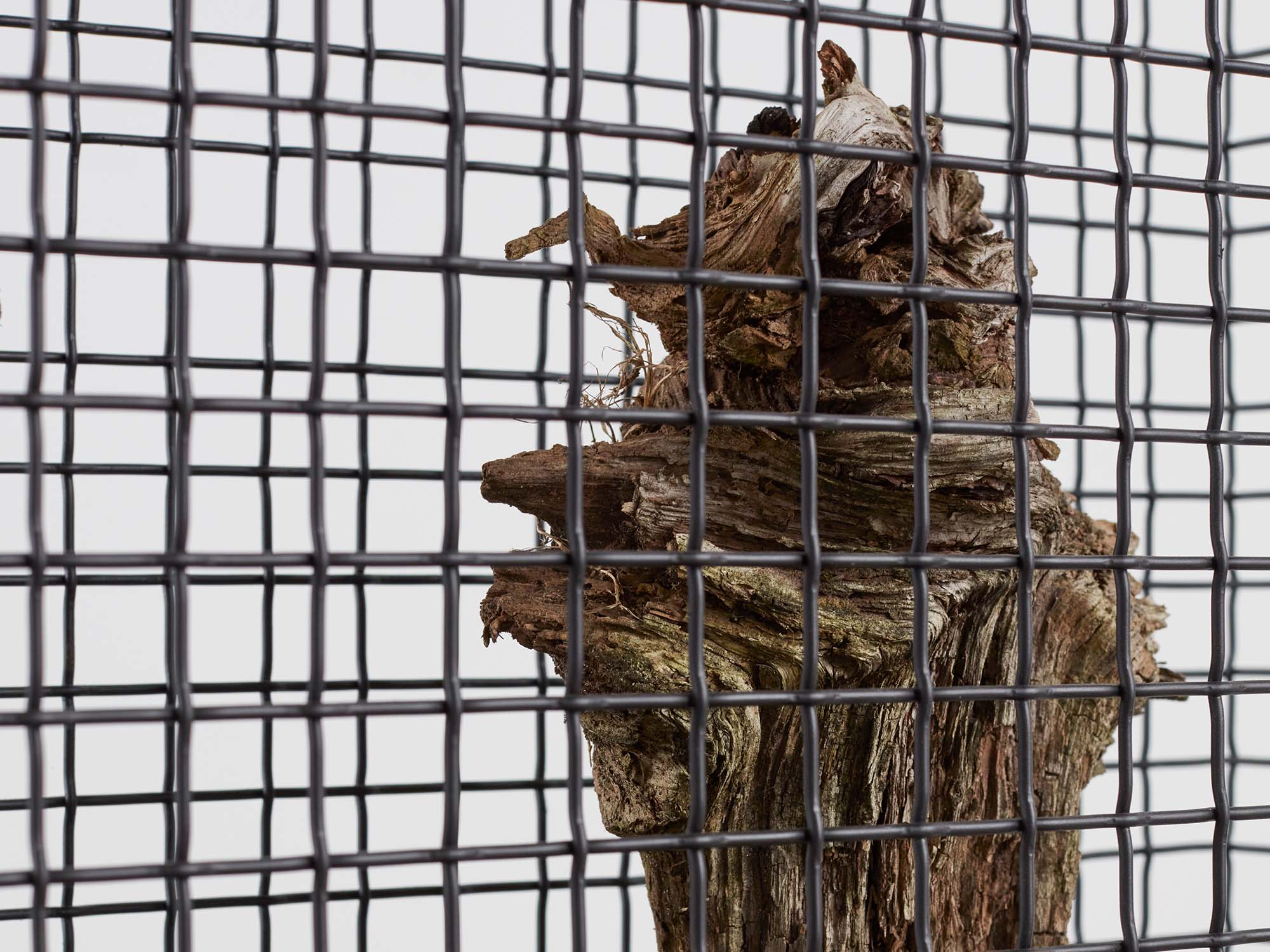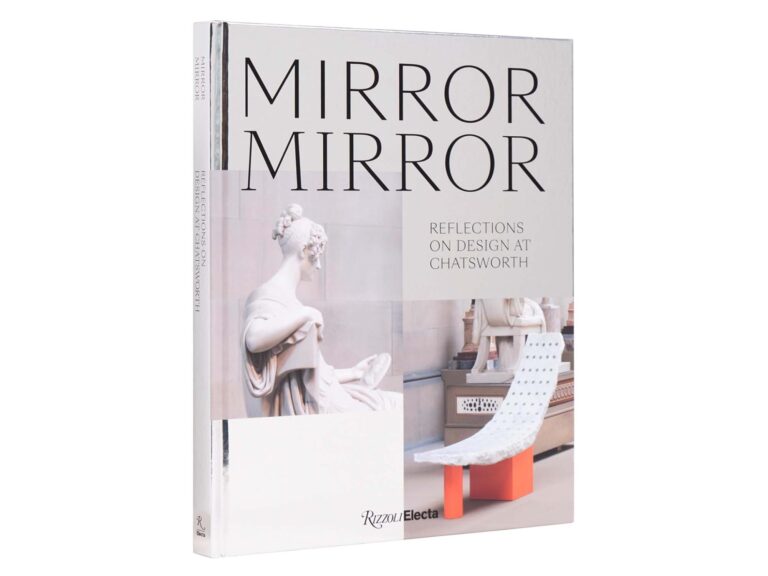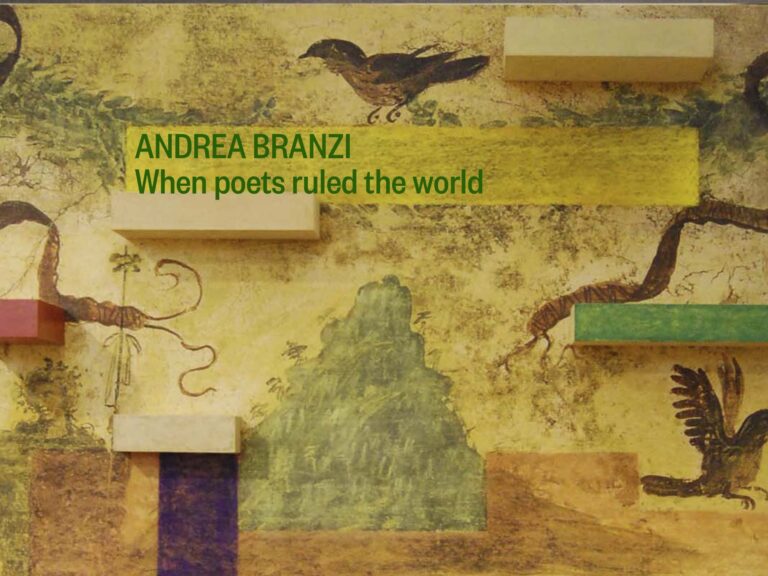The exhibition of brothers Fernando and Humberto Campana at the Rio de Janeiro Museum of Modern Art (MAM RIO), which opens on March 14, is the largest ever made by the duo during their 35 year career Bringing together projects that have never before been seen, installations designed specifically for the space, and a wide selection of design pieces and sculptures developed over the past decades, the show aims to challenge the audience with a bold, immersive, and provocative montage. The event not only celebrates the duo’s longevity but also reaffirms the importance of MAM for design. For several years, the institution has hosted the Institute of Industrial Design and reinforces this historical role by stimulating convergence between the most diverse forms of visual expression.
Approximately 1,800 square meters of the second floor of Affonso Eduardo Reidy’s iconic building will be filled by the irreverent, challenging, and creative art of the Campana brothers. In somewhat of a creative chaos, the two designers conceived an immersive environment, made up of a large set of installations, as well as more than a hundred pieces selected for the show, in which striking matters in their production stand out as the ability of integrating handcraft and industrial references, a deep formal and material boldness, an intense flirting with surrealism, and a strong environmental concern.
The definition of the different cores and confluences is very subjective and stems from a conceptual and affective reading proposed by the Italian curator Francesca Alfano Miglietti. The essayist approximates the Campana work with the idea of “social sculpture” developed by Joseph Beuys. “Art and design, for the Campana brothers, is not a concept exclusively meant for museums, but a revolutionary aesthetic conception where art becomes a common practice, thus capable of improving the relationship between mankind and the world,” she concludes.
Right at the entrance, the visitor will find a giant hollow brick wall. Which are about 1,600 hollow terracotta bricks that have as an element of repetition an open hand, a signal that emulates simultaneously a warning as well as a greeting. The structure, which refers to the walls of hollow elements, typical to the northeastern vernacular architecture, points out one of the central aspects of the duo’s work: its ability to incorporate and reinvent elements that are typical to Brazilian culture. Other strongly scenographic interventions spread throughout the large room. There is the giant panel titled Skin (“Pele”), a substantially organic structure which combines wood panels, expanded clay, chicken coop screen, and derives from a desire to create new shapes and structures for landscaping projects; Zigzag (a mosaic of droplet-shaped structures of different sizes covered with strands of intense lime green, and covering the ceiling of the exhibition space); and a gold-lined cinema with seductive black beanbags to exhibit the story of this partnership.
The scenic effect, done in collaboration with the SPECTACULU SCHOOL OF ART AND TECHNOLOGY, an organization created by GRINGO CARDIA and MARISA ORTH in RIO DE JANEIRO, is not limited to the entrance, walls, and roof. Punctuating and giving pace to this immense space are over a hundred towering peaks, lined with piassava straw. Acting as trunks of a strange forest, in a clear allusion to the environmental issue, these structures – which were shown to a lesser extent in 2019 at the LINA BO BARDI GLASS HOUSE in São Paulo – suggest paths and allow approximations of the public with the poetic cores that organize the exhibition.
Without hierarchies or time lines, at the exhibition there will be dialogue from the anthological RED CHAIR (1998) and the FAVELA CHAIR (2003), to more recent works such as the HYBRIDISM series, the SADE ARMCHAIR and some investigations of a more collective character – such as the luminaries entitled ILLUMINATED PORTRAITS -, developed through the CAMPANA INSTITUTE, an institution created in 2009 by the brothers to rescue craft techniques and promote social inclusion through social and educational programs.
Experimentation and boldness are key elements in the work of the brothers. Most of the time the supplies are what dictates the path. The point is to give form, meaning, and function to simple, rejected everyday things. Discarded elements such as styrofoam, bubble wrap or the straws of old chairs become, in the hands of these designer artists, noble elements. “They are like fake diamonds,” jokes HUMBERTO, thus demonstrating the importance of not letting any material to be swallowed up by their banality.
“After 35 years I do not know if I am a designer or an artist, I don’t worry about it anymore if the piece has functionality or not,” he adds. About their long-lived work, he adds: “We work well together, provoking and instigating each other.” FERNANDO also values this curious combination, saying that often “one of them thinks and the other one completes,” in a process in which harmony and diversity alternate. “Since childhood he wanted to be an Indian meanwhile I wanted to be an astronaut,” he jokes. Such a long partnership is not simple, but HUMBERTO highlights the importance that both, in this long period, sought to develop their individual expressions, creating personal works, which will also be present at the exhibition.
For FERNANDO, their main achievement was to show that Brazil is not just that of clichés, samba, soccer, and folklore. “We have managed to bring the excellence of handcrafts, the Brazilian fatto a mano to the Italian industry.” Internationally known for their work in the field of design, with important partnerships with renowned brands such as EDRA, ALESSI, and LOUIS VUITTON, a constant presence at major events and exhibitions of world design and with works in the world’s leading collections and museums, they have opened unprecedented space which seemed closed to Brazilian creators.
